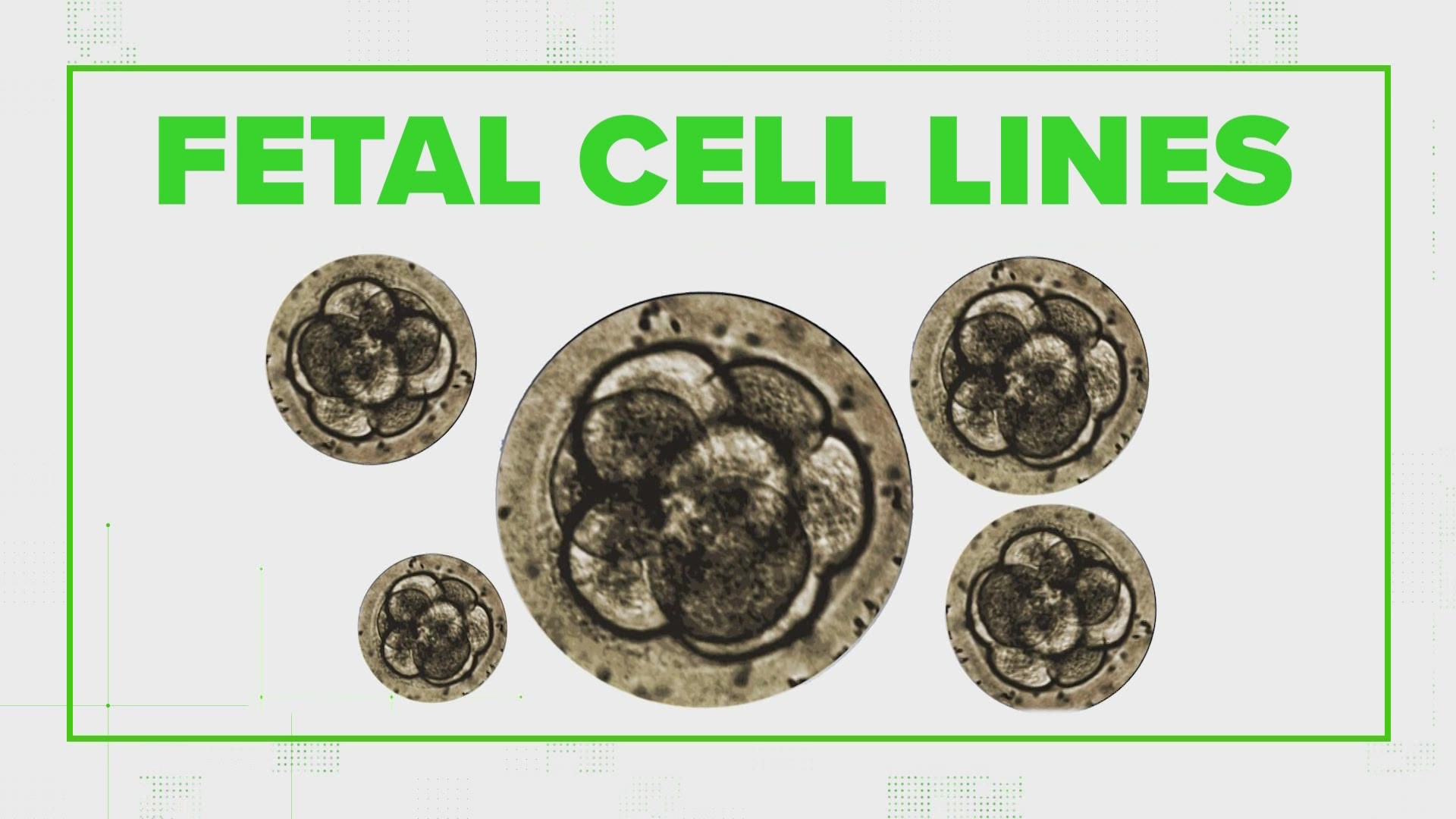The same cells have continued to grow in a laboratory and are still used. Fetal cell lines have.
Embryonic Stem Cells And Fetal Tissue Research Will Trump Intervene Science Aaas
Neither Pfizer nor Moderna use any aborted fetal tissue in.

Are aborted fetuses used in medical research. The process of extracting these cells destroys the embryo. These are derived either from tumors which have developed resistance to senescence or in a few cases from stem cells taken from aborted fetuses. Several common vaccines are made by growing the necessary viruses in fetal embryo fibroblast cells.
In Public Discourse this morning bioethicist Christopher Tollefson has the details. To the contrary when the already-suffering mothers of these aborted children gave written consent for their babies bodies to be used for medical research they surely in their wildest. Immortalised cell lines are an important research tool offering a stable medium for experiments.
These include common vaccines. When fetal tissue is used in research it is often sent from the hospital or clinic that performs the abortion to an affiliated research center Hyun said. The reason we believe we can is because of the following.
The FDA Just Authorized Johnson Johnsons Single-Shot Vaccine for Emergency UseHeres How It Stacks Up. In most cases yes. Researcher Kim Hasenkrug has sought permission to pursue research on.
Dr Petousis-Harris said some cell lines established decades ago were derived from cells from electively aborted fetuses and these lines are used in both medical research and the production of some vaccines. The primary source by which research institutions obtain fetal tissue is through hospitals and clinics that perform abortions. No the COVID-19 vaccines do not contain any aborted fetal cells.
This means that even fetal tissue legally donated from abortions cannot be used for medical research. From the aborted fetuses thymus liver spleen and full-thickness skin were transplanted and grafted onto the. And Johnson Johnson uses fetal cell lines in vaccine development confirmation and production.
The Trump administration has restricted the use of human fetal tissue from elective abortions in biomedical research. Cell lines derived from aborted fetal tissue have been fairly commonplace in research and medicine since the creation in the 1960s of the WI-38 cell strain which was derived at the Wistar. Past efforts to ban fetal tissue This is far from the first time the use of fetal tissue in research has come under scrutiny.
The hollow blastocystwhich is where embryonic stem cells come fromcontains a cluster of 20-30 cells called the inner cell mass. Acker said that the use of aborted fetal cell lines in medical research at any level fuels a growing acceptance of using aborted babies in other types of medical research This problem is irrespective of the original number of abortions performed to obtain a cell line and will only be exacerbated by the acceptance of HEK-293-derived COVID vaccines she added. These are the cells that become embryonic stem cells in a lab dish.
No new aborted fetal tissue is needed or used to continue to reproduce the vaccine so this doesnt add to the abortion industrys incentives. The mothers provided written consent for the fetuses to be used in research. To be clear there are no vaccines that involve stem cells from aborted fetuses.
These cells originally came from tissue obtained from two fetuses that were legally and electively aborted in the early 1960s. Concerns have also been raised about potential conflict of interest when there is possible financial benefit to those who are involved in the retrieval storage testing. One year ago it adopted a policy that.
However the use of fetal tissue for research purposes also raises a number of ethical considerations including the degree to which a womans decision to have an abortion might be influenced by the opportunity to donate fetal tissue. Vice President Mike Pence signed into. Answer from infectious diseases expert James Lawler MD.
However Pfizer and Moderna did perform confirmation tests to ensure the vaccines work using fetal cell lines.

